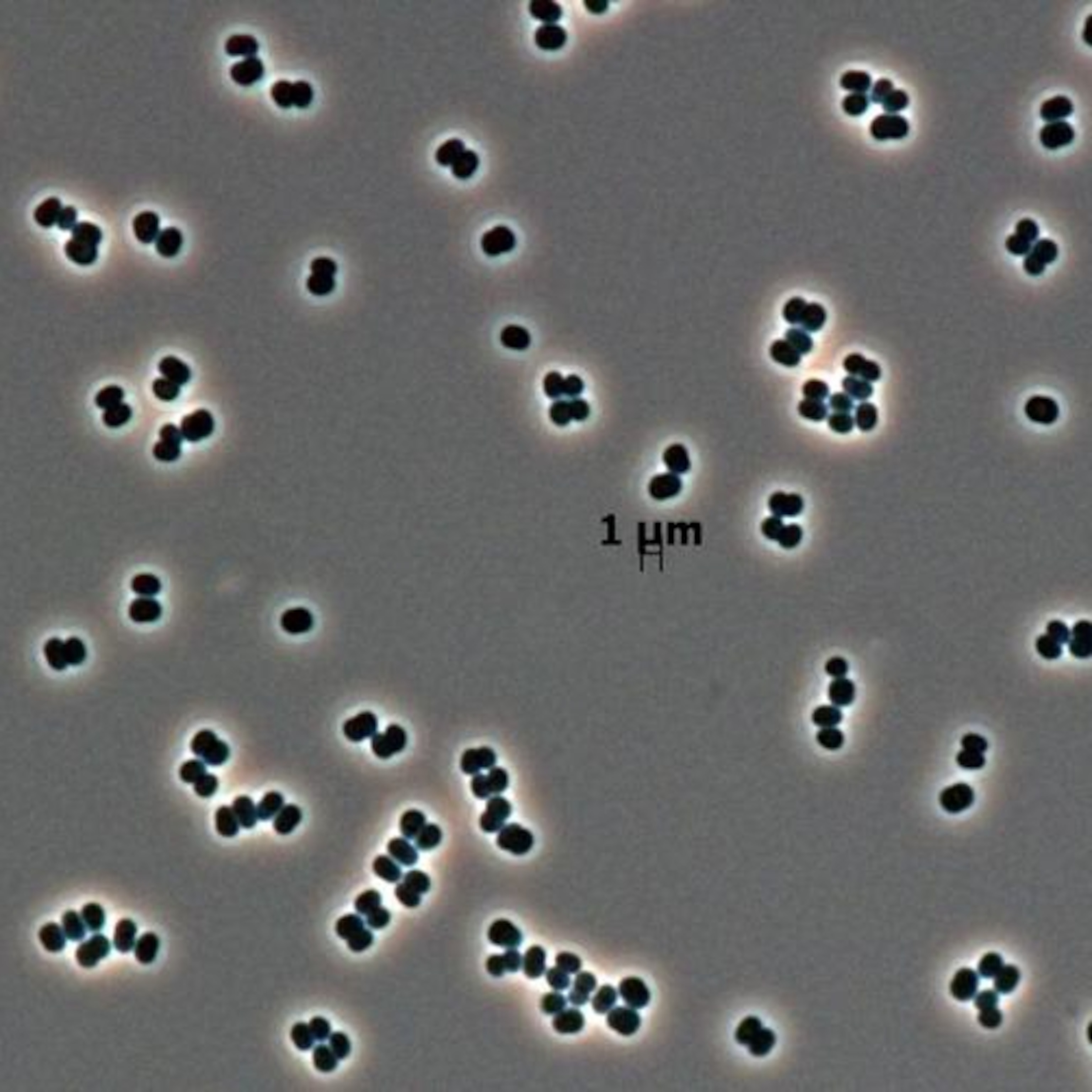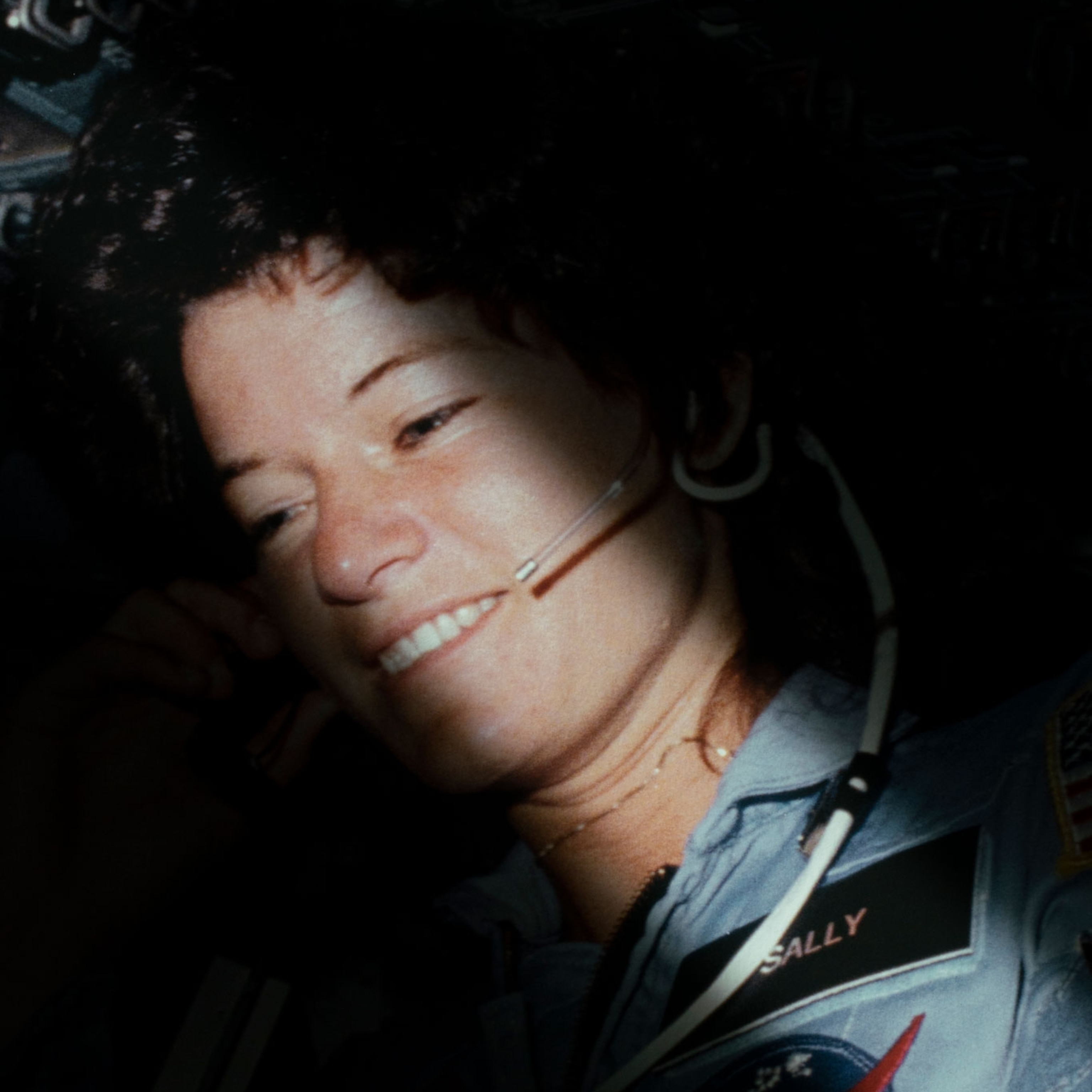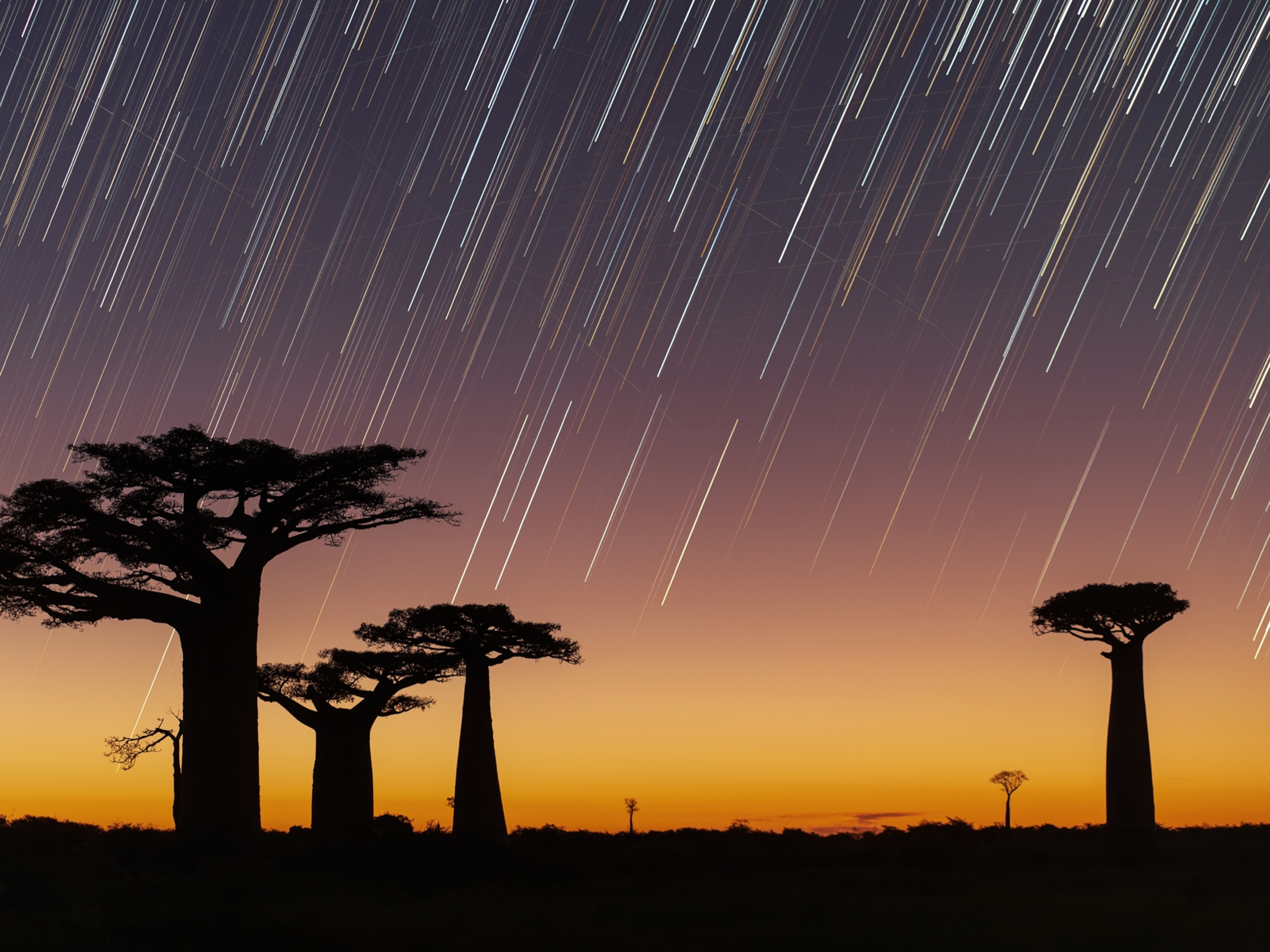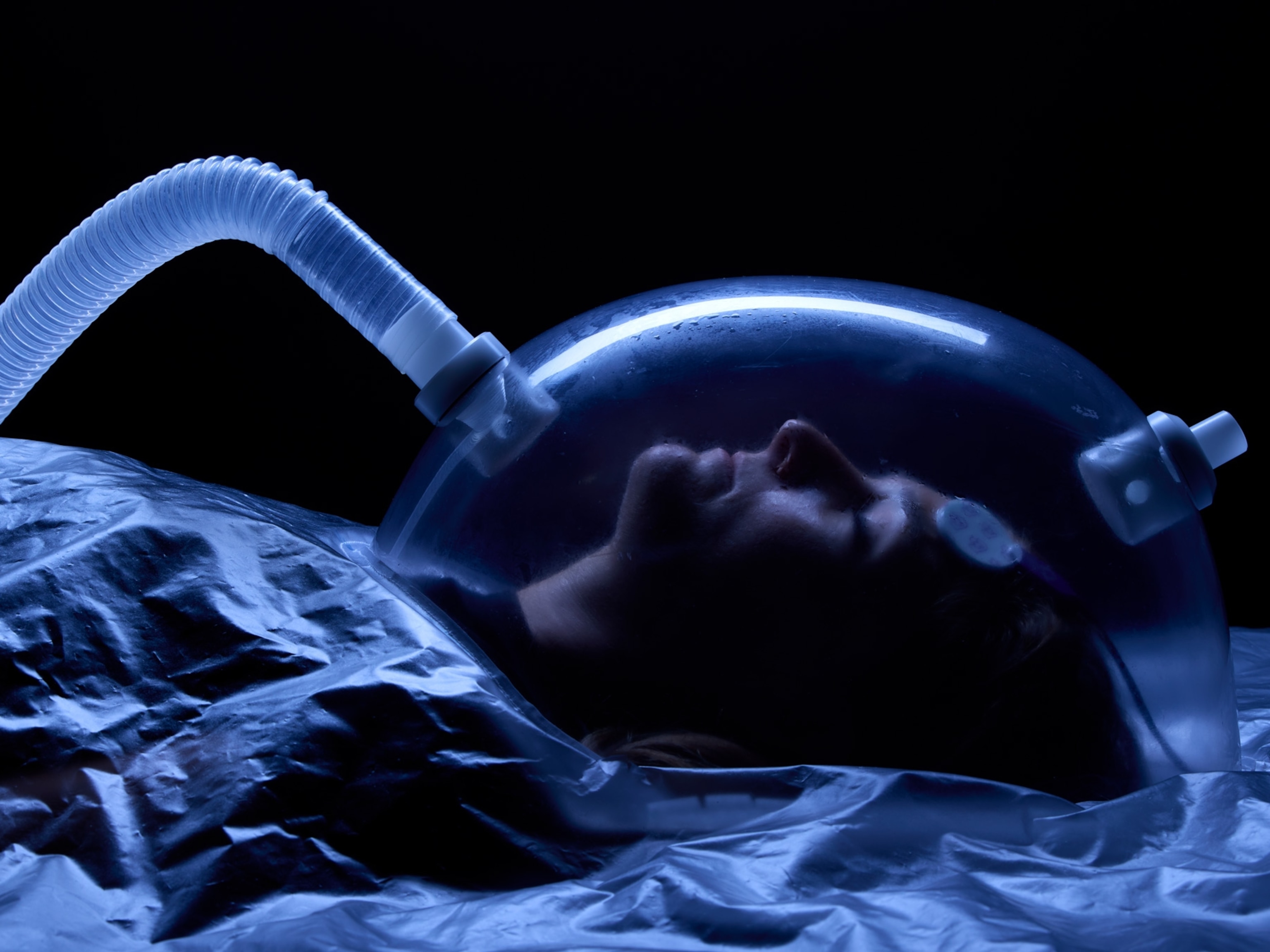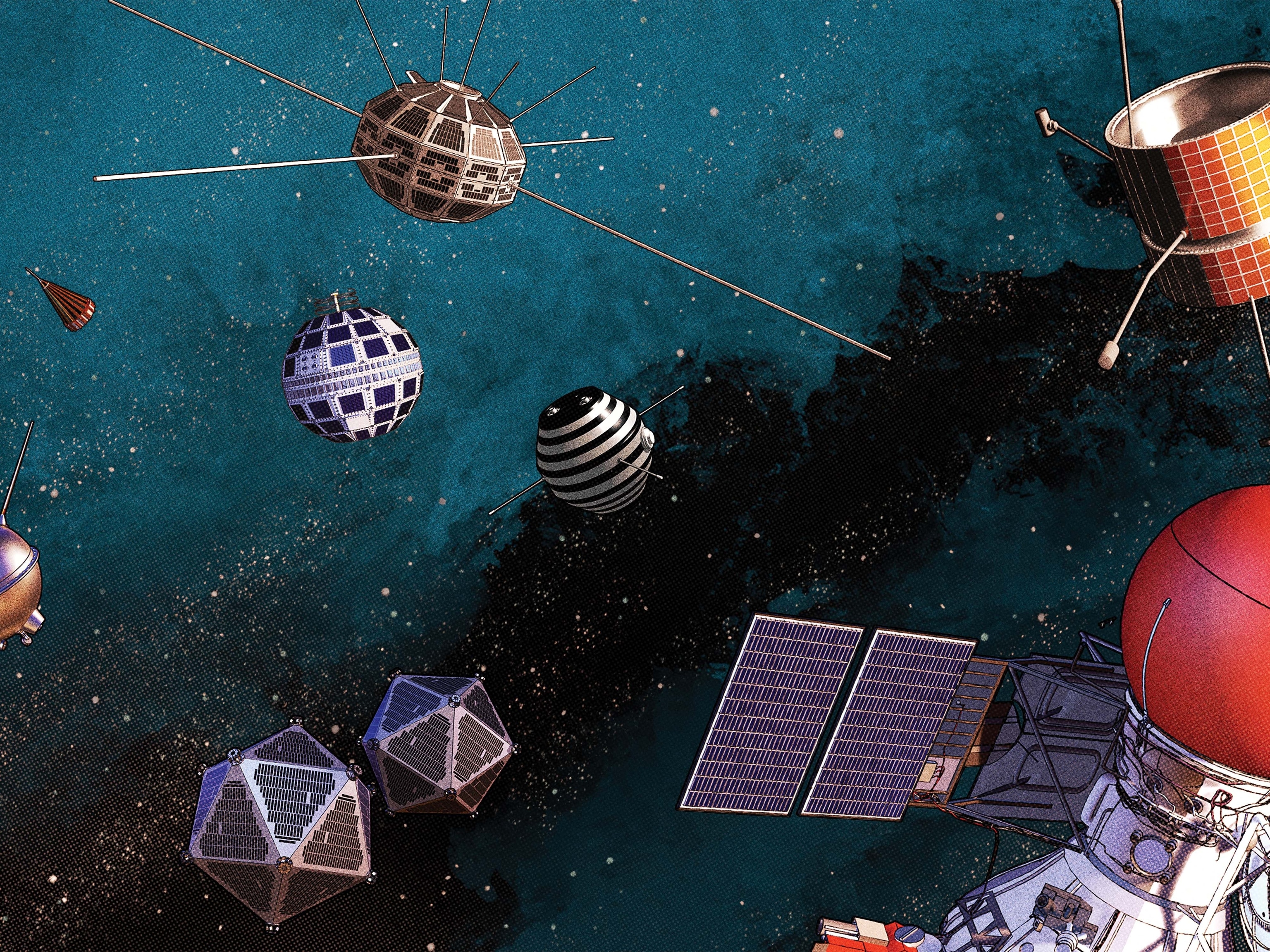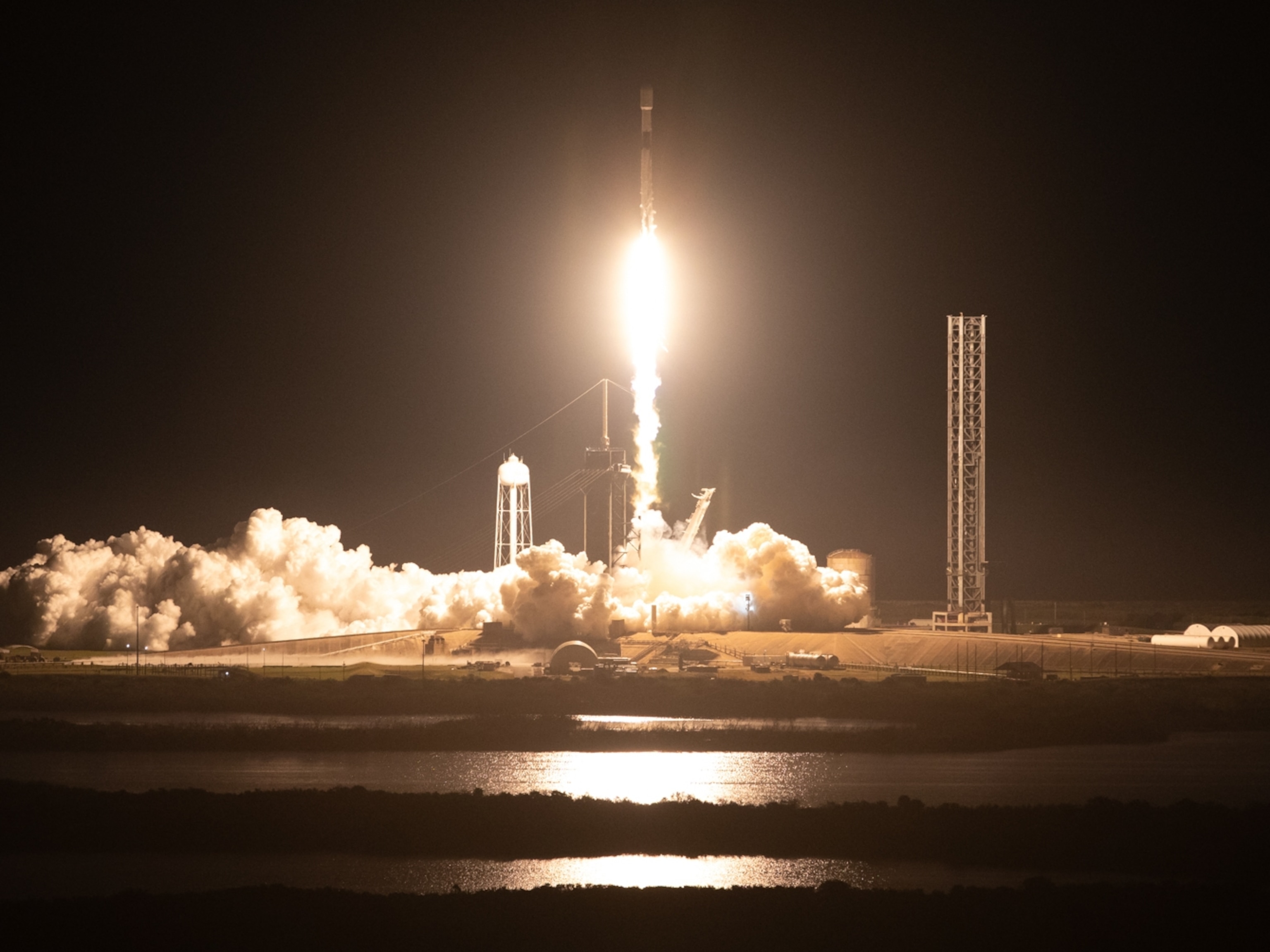Space Shuttle in Extreme Detail: Exclusive New Pictures
Explore Discovery's flight deck with a new 360 panorama.
This week NASA's space shuttle Discovery will fly low over Washington, D.C., atop a jumbo jet and roll into its new permanent home with the Smithsonian Institution.
Discovery will touch down at Dulles International Airport on Tuesday, weather permitting, and the National Air and Space Museum's Steven F. Udvar-Hazy Center in Chantilly, Virginia, will host a big outdoor ceremony on Thursday to welcome their new space-worn acquisition.
But once the spaceship is settled into the museum, visitors won't be able to hop into the commander's seat and fiddle with switches—the institution intends to seal up Discovery indefinitely. (See "Space Shuttle Discovery: Final Flight in Pictures.")
To provide an unprecedented look at Discovery and the other retired space shuttles, both inside and out, photographers with National Geographic recently captured more than two dozen ultrahigh-resolution, 360-degree pictures of each orbiter. (The Society owns National Geographic News.)
NASA and United Space Alliance, the agency's prime contractor for servicing the shuttles, made the interactive panoramas possible by granting news organizations unprecedented access to the hundred-ton spaceships after each final shuttle flight.
(Video: Replay the very last space shuttle launch.)
"When the shuttles were flying, workers had to maintain the integrity and cleanliness of the vehicles. We had to keep them safe for spaceflight" and so couldn't allow much outside access, said Lisa Fowler, a NASA spokesperson at Kennedy Space Center in Florida.
"Now that they're being readied for display, we've been able to grant more access into them."
The flight deck of Discovery, for instance, is shown above in a 2.74-gigapixel, zoomable image—equivalent in resolution to about 340 pictures taken with an 8-megapixel iPhone camera.
"It's awesome, although it doesn't look like the flight deck I flew on Discovery. That one still had old-fashioned style instrumentation," said Scott "Doc" Horowitz, a former NASA astronaut who was both a commander and pilot of Discovery.
"Pictures like this give you insight into just how complex it is to operate a vehicle that travels in space and pull off a manned space program," he said.

Discovering the Shuttle's "Bob" Switch
National Geographic was one of more than a hundred news outlets recently allowed inside the space shuttles, not to mention archivists with NASA and the Smithsonian, which plans to install panorama kiosks of Discovery's interior and payload bay sometime this May.
When they were granted access, Susan Poulton, a vice president of digital media at the National Geographic Society, and Jon Brack, a freelance photojournalist, originally planned to make only a couple wrap-around images of Discovery using GigaPan. The technology, developed for NASA's Mars rovers, uses a camera-ready robot and image-stitching software to create zoomable, 360-degree panoramas.
Poulton and Brack eventually logged 30 hours inside and around Discovery, Endeavour, and Atlantis, creating 27 gigapans of the space shuttles. The pair captured everything from the flight decks, mid-decks, and air locks to the underbellies, payload bays—and even the toilets.

"The space shuttle is something we always see at a distance. It has always been this forbidden place. We wanted to get pics of everything as close as possible, and we knew GigaPan's high-definition panoramas would allow you to zoom in intimately close," Brack said.
"It's a whole new way to look at these spacecraft."
According to Poulton, a long-time space shuttle fan who's witnessed 19 launches and 57 launch attempts, "We realized there was a story in the details that we didn't know until we took the panoramas."
In the interactive at top, for example, viewers can zoom in on a hidden nugget of space shuttle history: the "Bob" switch.
"This unusual-looking switch controls the nose wheel steering and has a piece of plastic tubing attached to simply make it easier to trigger," reads an annotated caption in the Discovery gigapan.
"During the maiden voyage of Atlantis in October, 1985, commander Karol J. Bobko found the thick gloves of his pressurized suit made it challenging to quickly throw the switch during landing.
"This piece of tubing was both playfully and helpfully installed by those processing the shuttle after the mission. Its tradition has carried over and it is present in all three orbiters, affectionately known as the 'Bob' switch, for its namesake commander."
"Like a Funeral Wake"
Organizing robot-powered photo shoots wasn't easy. Even before NASA launched its last space shuttle mission aboard Atlantis in July 2011, workers were toiling to prepare Discovery for the Smithsonian.
Brack and Poulton had to gain permission to get in and around the space shuttles while technicians drained toxic fluids, disabled flammable fuel cells, and removed other dangers from Discovery in preparation for its public display.
"They had to make it completely nonhazardous, and it was full of freon and pyrotechnics—all kinds of crazy things that could leak in a museum and hurt people," Brack said.

Poulton said photographing the orbiters was also emotionally challenging, because the program was officially coming to an end before their eyes.
"The first day we went down there, it was like a funeral wake. These guys know the orbiter in a level of detail that's difficult to understand," Poulton said. "They would get very overwhelmed and emotional when they spoke about the shuttles in general."
Still, "they really wanted to make sure the story of the space shuttle, of this program, would be told," she said. "They physically couldn't not talk about it."
(Also see "Space Shuttle Pictures: Rare Behind-the-Scenes Views.")
Of course, there's lots more to the shuttle program than the iconic orbiters, and Brack and Poulton hope to capture as much as possible via gigapans.
"We want to document the whole shuttle program before it goes away," Brack said. "The Astrovan, the launch pads, the crew quarters—everything."
Holding on to the Memories
Jay Beason, a senior aerospace technician at United Space Alliance, was on the scene to assist Brack and Poulton with the photo project. After Brack finished each panorama, he sent it to Beason and other shuttle workers to gather their feedback.
"Of all the images I've seen so far, their images best capture the wonder of these orbiters, what makes them tick, and the enormous complexity astronaut crews had to deal with," said Beason, who worked on the shuttles for 23 years.
With the space shuttle program coming to an end, Beason was laid off April 13 by United Space Alliance, and the company may cease to exist after the last space shuttle to go on display, Endeavour, arrives in Los Angeles this fall.
(Related: "After Space Shuttle, Does U.S. Have a Future in Space?")
"I've got [the shuttle panoramas] open on my laptop in my living room, and I pull them up all the time," Beason said. "I plan on holding on to my memories of these machines for as long as I can."
Editor's Note: During the next few weeks National Geographic will release more space shuttle panoramas on the new Spaceflight HD section of our website, along with behind-the-scenes stories from the photographers on the Nat Geo space blog Breaking Orbit.


